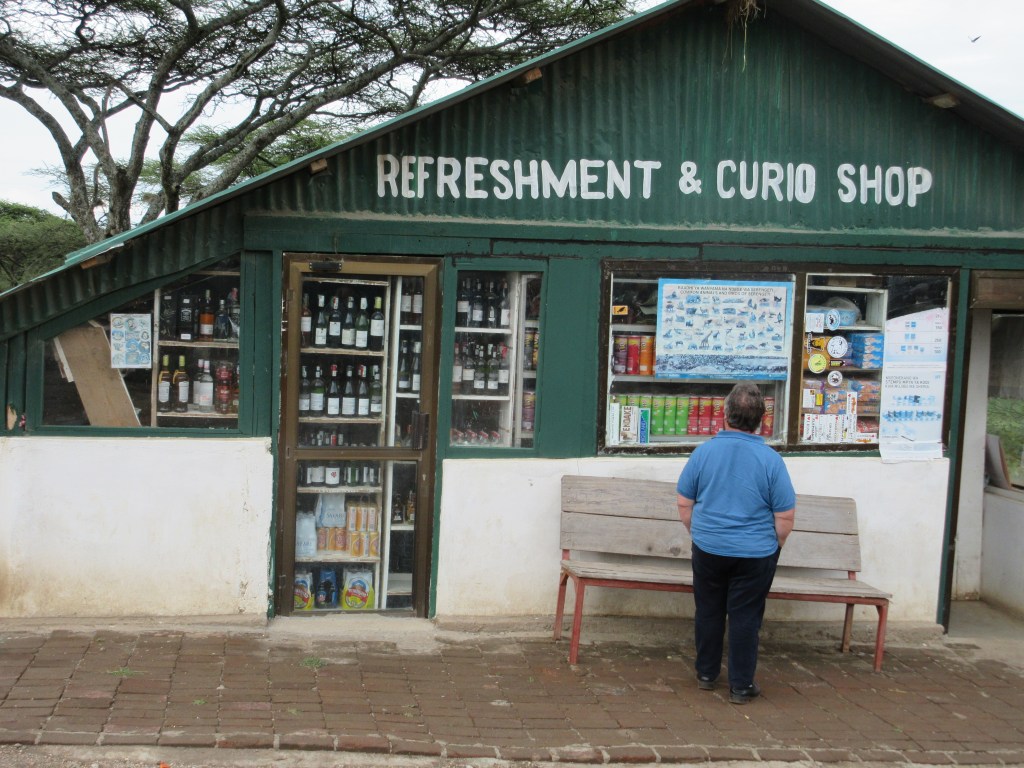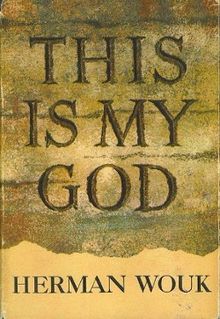I proposed to my wife over thirty years ago when we were both in grad school, poor but happy in a small midwestern city. My mother-in-law to-be telephoned her relatives in Canada to inform them of the upcoming nuptials and they asked the obvious question: what do they want for a wedding gift? Without consulting us or her husband, she replied, “Silver service.”
For thirty years, my wife and I have dutifully wrapped and boxed a least twenty pieces of silver service and schlepped them around the country as we moved for jobs. We cannot remember ever using one piece although my wife swears that we must have served on silver at least once. My only memories are pulling out the silver, moaning over the tarnish and wasting an afternoon polishing the pieces before wrapping them in fresh plastic wrap and putting them back in the cabinet.
We are moving again but this time we are paying for the move ourselves. After packing and unpacking the silver into cabinets and cupboards to be conveniently forgotten for years I insisted, the silver goes. We never use it and I am done polishing it. Thus began a series of conversations that culminated in a garage sale on a Sunday morning.
Downsizing has been a process. The back corners, the utility shelves and the closets were searched. Once we decided the task was insurmountable and someone else’s fault, we rallied our energy and started. The first weekends concluded with piles of junk on the curb. The weight of paperwork, notebooks and outdated materials of one Ph.D., one D.D., three M.A.’s, four undergraduate degrees and several careers was alarming. The unsalable was depressing. Metal for salvage was set aside for those entrepreneurial souls who cruised the neighborhoods on certain nights. By Monday morning, some of items were gone and others were dutifully thrown into the back of the garbage truck.
The house was purged and the garage was refilled. The digital notice went out and in the early evening the night before the sale, I nailed a sign at traffic light at the top of my neighborhood. Everything from the backyard was moved around to the fence for quick setup. The early morning alarm was set.
All the items were arranged for display on the asphalt of the driveway. I euphemistically referred to the furniture, the housewares, cd’s, silver, and other items as “crap” as in, “I put all the crap out; let’s see if it sells.”
By midmorning, I no longer thought of the items as crap. I had been blinded by my privilege. The couch, love seat, stuffed chair combo that had worn poorly was offered for free because bedbugs are an issue in my area and no reputable organization accepts them now. A family came somewhat early, asked about the furniture and claimed the set. A friend had phoned them, telling them of the offer. They took off all the cushions and then began calling everywhere to find a truck or van. In the late afternoon, we loaded the furniture in the back of large pickup belonging to a friend of a friend. The family was exhausted but content.
The gas grill went. The dresser was purchased by an employer for a woman who had no money after paying rent on an empty apartment. A woman who ships or delivers goods to poverty-stricken homes bought a box of bedsheets, mattress covers, bed ruffles, and tablecloths. We had a long conversation about the lack of supports. Her friend bought the mini-fridge for a house kitchen that only had a stove. More than one grandparent swung by searching for tools for their grandsons who work construction for a living.
Few if any want used books. No one wants dated stereo equipment either.
Almost everything went. Most of the items went to people without much means rather than the professional resellers that trawl garage sales early in the morning. Everything we sold was in working order. People needed what we had to offer, from tools and home goods to school supplies.
We had expected to make a couple hundred dollars with the assumption that we did not want anything we offered for sale to go into the landfill; better to sell it than dump it. Whether we realized what we had done, we had priced everything or repriced everything to get it out of my house into other households who would use it. I told the family who bought my gas grill where to get their propane tanks filled at the best price. I tied the eleven-foot extending ladder to the roof of a young woman’s car, after she walked her toddler in his stroller home first.
In Hebrew, business is called maseh u’matan, give and take. Nothing was priced to make a profit but I made a goodly one nonetheless. Everyone who chose to speak with me was treated with respect and the respect was reciprocated every time. People walked away with a smile and I smiled with them. The young man who purchased my lawnmower must have needed it because the relief on his face was evident when I quoted the price.
Their need struck me. Several of my visitors walked over from one of the main avenues only a few streets away. I must pass their homes daily, never giving them a thought or even a glance. As we talked and bargained, late model SUV’s trundled past, heading out of the neighborhood, their occupants staring at us as they passed. People said “thank you” and shook my hand. We exchanged names, neighborhood updates on traffic and congestion, and political commentary.
I probably gave away too much and priced lower than I could have. However, what I received in return for used goods that I no longer wanted was more than worthwhile. Said one man as we discussed the cushion-less couch in the mid-afternoon, “You understand; you have a good heart.” I truly got more out of my garage sale than profit.
As for the silver-plated serving pieces that started this process, on my wife’s advice, I swept them up into a box and sold them in bulk for a quick price to the purchaser of the dresser. I placed them in her car to be doubly sure she took them. There was a happy dance on the driveway when her car disappeared around the corner.

